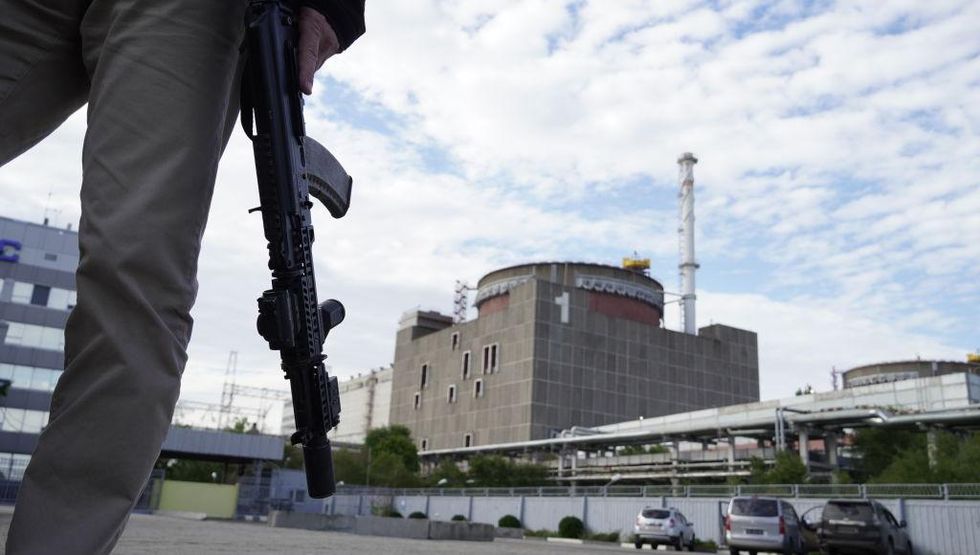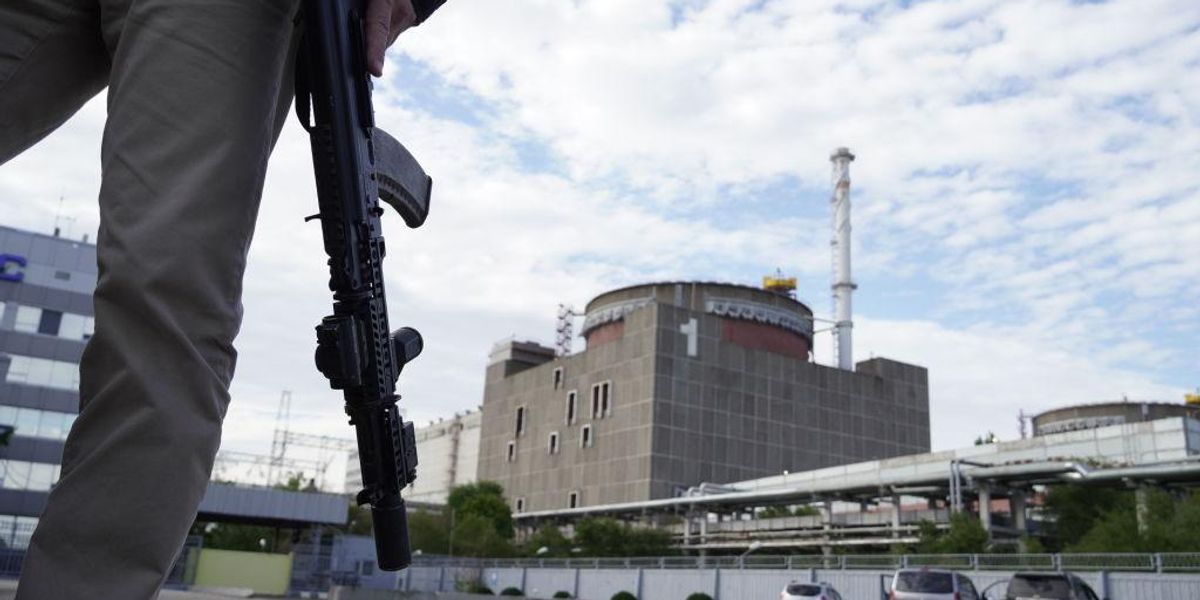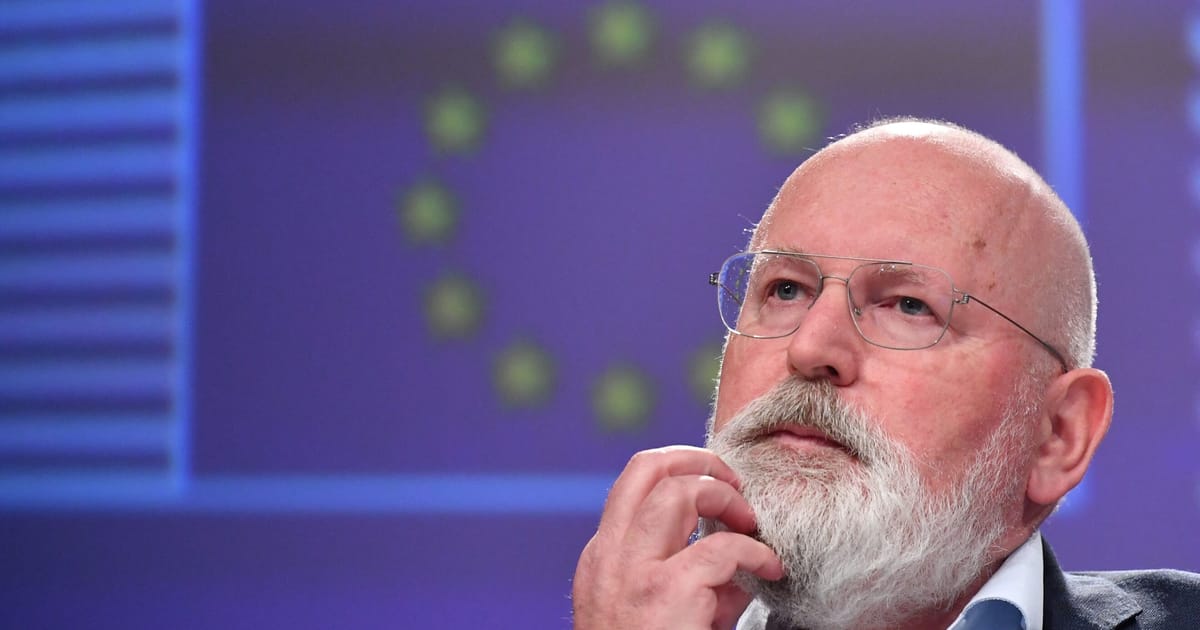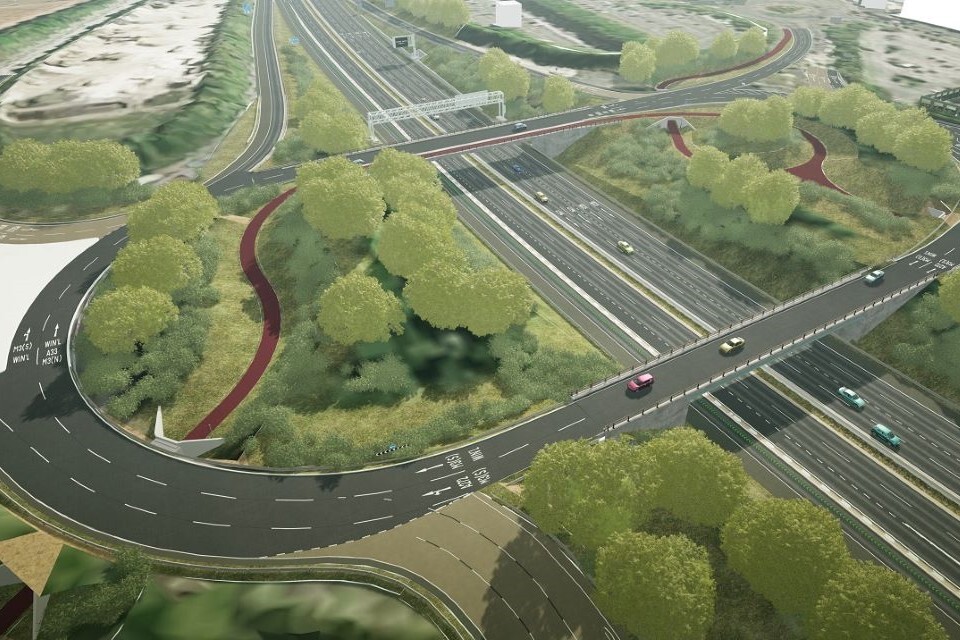
A U.S.-based group on Friday recognized the “heroic” Ukrainian staff at a Russian-controlled nuclear power plant, highlighting concerns about the facility nearly 11 months into Russia’s invasion.
The Arms Control Association (ACA) hosts an annual online contest celebrating efforts to “advance disarmament, nuclear security, nonproliferation, civilian protection, and international peace, security, and justice.”
“Russia’s illegal and unprecedented occupation of the Zaporizhzhia Nuclear Power Plant created an untenable nuclear safety and security situation.”
After thousands of votes were cast from nearly 80 countries, the Energoatom workers at Ukraine’s Zaporizhzhia Nuclear Power Plant (ZNPP) were selected as the 2022 Arms Control Persons of the Year.
ZNPP is one of four nuclear energy facilities in Ukraine, also home to the Chernobyl disaster of 1986. Ukrainian workers remain at the six-reactor Zaporizhzhia plant despite the Russian military’s takeover and shelling that the countries have blamed on each other.
“Russia’s illegal and unprecedented occupation of the Zaporizhzhia Nuclear Power Plant created an untenable nuclear safety and security situation,” said Kelsey Davenport, ACA’s director for nonproliferation policy, in a statement. “In the face of harassment and threats by Russian forces, Ukrainian personnel have continued to operate the plant and avert a nuclear crisis.”
“The international community owes a debt of gratitude to the heroism and bravery of the Zaporizhzhia personnel, but this dire situation cannot continue,” Davenport stressed. “The ongoing safety and security risks underscore the critical importance of establishing a zone of protection at the site, returning control of Zaporizhzhia to Ukraine, and strengthening the norm against targeting civilian nuclear infrastructure.”
Rafael Mariano Grossi, director general of the International Atomic Energy Agency (IAEA), plans to travel to Ukraine next week to discuss a proposed nuclear safety and security protection zone around ZNPP with Ukrainian government officials in Kyiv.
“I remain determined to make the much-needed protection zone a reality as soon as possible,” Grossi said in a statement Friday. “My consultations with Ukraine and Russia are making progress, albeit not as fast as they should. I remain hopeful that we will be able to agree and implement the zone soon.”
Since the IAEA Support and Assistance Mission to Zaporizhzhya (ISAMZ) was established in September, five groups of agency experts have spent time at the facility, with the latest team arriving this week.
As the IAEA detailed:
The ISAMZ team reports that the ZNPP’s last remaining 330 kilovolt (kV) backup power line is now connected to the plant, after suffering some further disconnections in the last week, highlighting the continued fragile off-site power supply situation for Europe’s largest NPP. The ZNPP’s six reactors are in shutdown but still need electricity for reactor cooling and other essential nuclear safety and security functions. The ZNPP receives off-site power also from its last remaining operational 750 kV external power line. In case of loss of external power, all the site’s 20 diesel backup generators are ready to supply the site with the electricity needed for all safety related equipment. In addition, nine mobile diesel-fueled boilers are now operating to help prevent critical ZNPP systems from freezing during the winter and provide heating for ZNPP personnel. The situation at the ZNPP remains precarious.
The agency also noted that ZNPP staff are under pressure to accept new labor contracts with the Russian state nuclear energy company Rosatom, which the national Ukrainian operator Energoatom has discouraged.
“The reduced ZNPP staffing levels combined with psychological stress due to the ongoing military conflict and the absence of family members who fled the area have created an unprecedented situation that no NPP staff should have to endure,” said Grossi.
“As this tragic war enters its second year, we must continue to do everything we can to avert the danger of a serious nuclear accident that would cause even more suffering and destruction for the people of Ukraine and beyond,” he emphasized.
In addition to meeting with officials in the Ukrainian capital, Grossi plans to visit the South Ukraine and Rivne nuclear plants as well as to the Chernobyl site to launch the missions of two experts at each facility. The IAEA also intends to soon station a two-member team at the Khmelnitsky plant. The missions were requested by the Ukrainian government, according to the global agency.
“Soon the IAEA will be permanently present at all of Ukraine’s nuclear pwer facilities, including Chernobyl,” Grossi said. “This is an important step in our work to help Ukraine during these immensely difficult and challenging times. Our nuclear safety and security experts will monitor the situation at the plants, assess their equipment and other needs, provide technical support and advice, and report their findings to IAEA headquarters.”
Discussing his Ukraine trip on an Italian television channel earlier this week, Grossi said: “After that, there is hope to get to Moscow. The plant is Ukrainian but under Russian control, and it is a reality. And I have to work with both sides.”
“Our duty is to secure the plant. The establishment of a permanent group [of IAEA observers] is the first concrete and tangible result of our efforts, but we cannot stop; the main thing is to protect the plant’s safety,” he continued, stressing the need for a deal to establish a zone around ZNPP.
“This agreement is not impossible,” he said, “because a nuclear accident is not in the interests of anyone, not even the Russians.”




